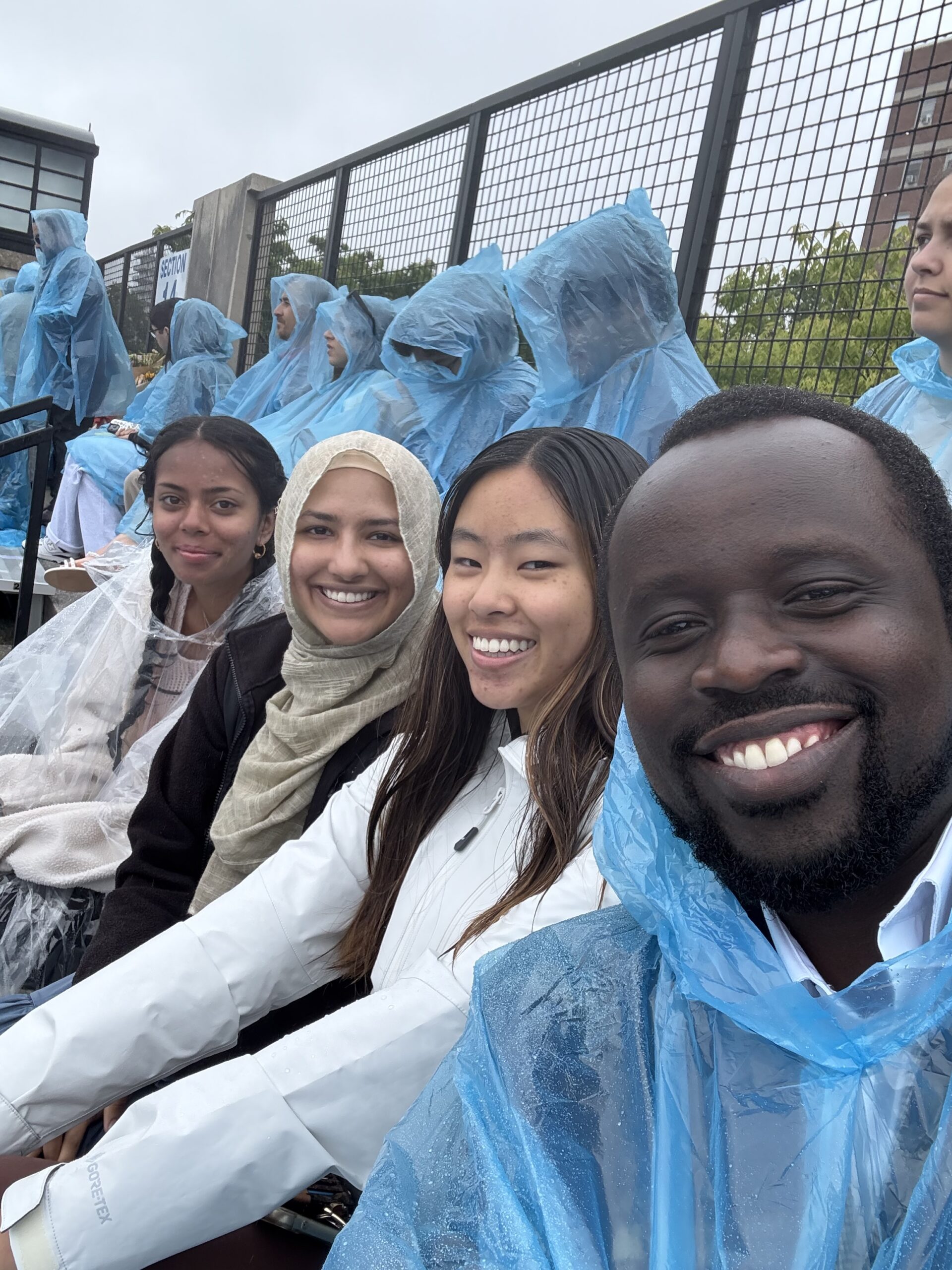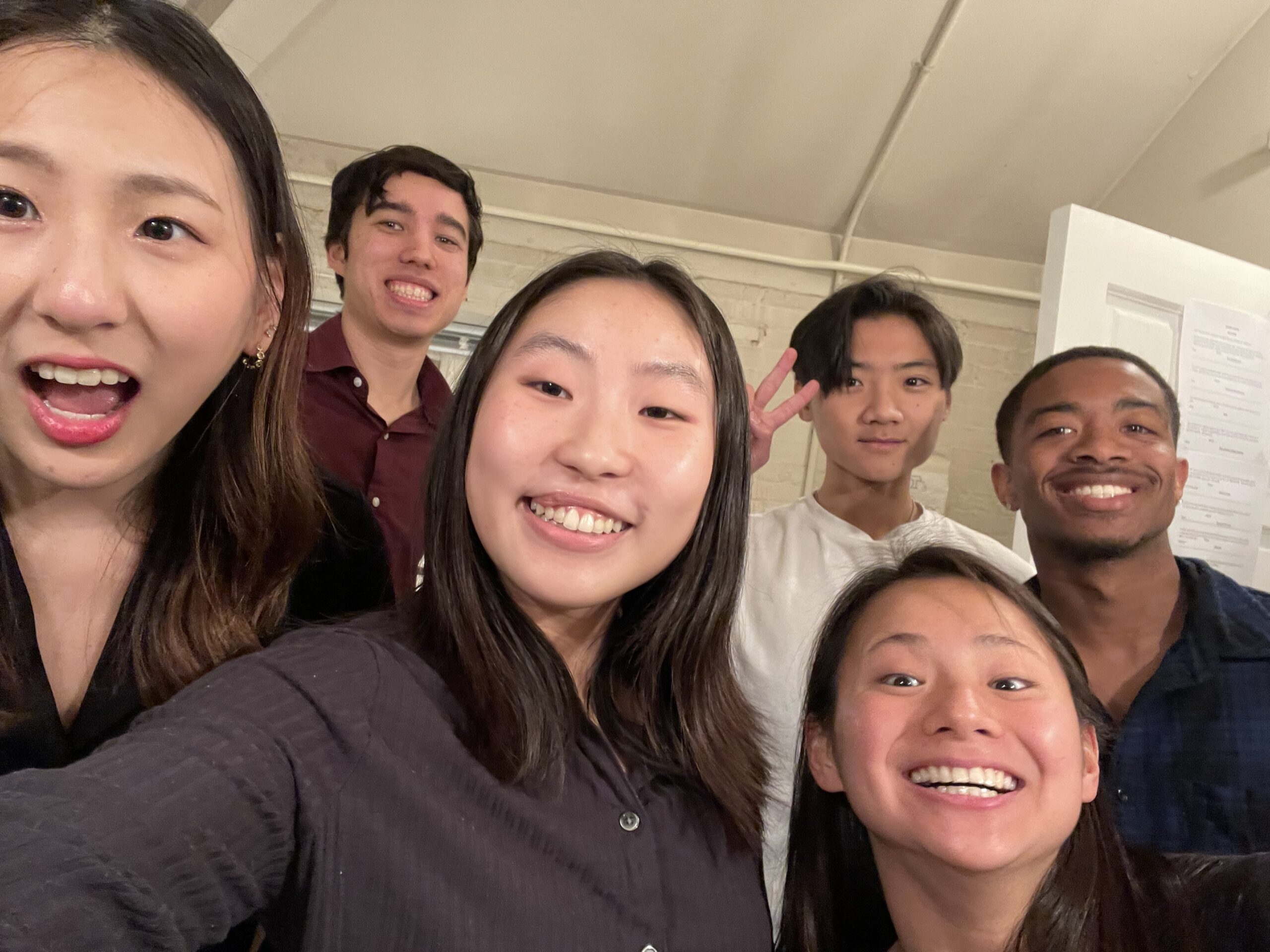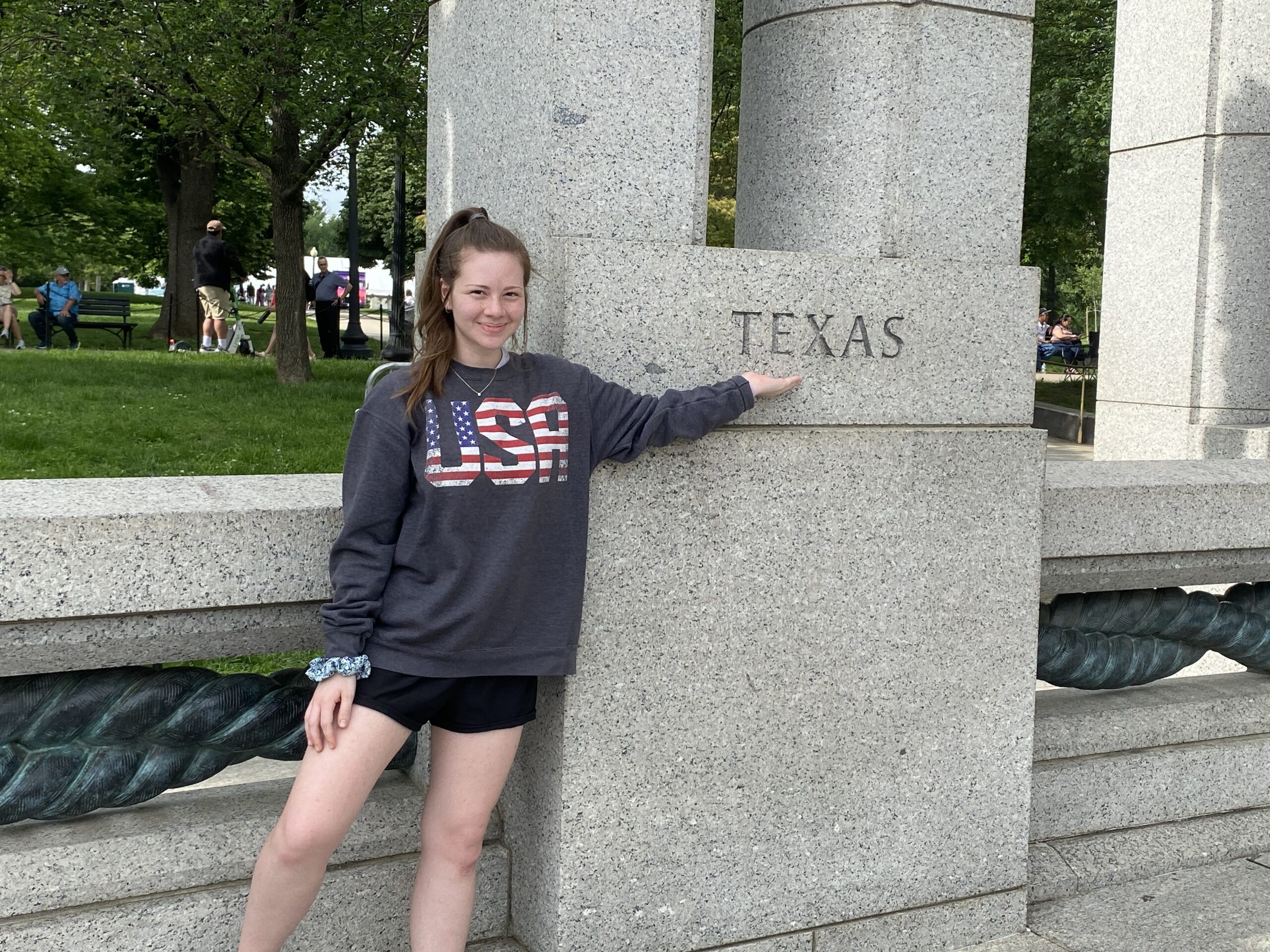

Hi! My name is Stephanie (on the left) and this intersession I had the privilege of traveling to Ecuador to study Tropical Biology and Evolution!
To share a little bit about me….I am a sophomore majoring in Behavioral Biology and Public Health Studies. Last semester, I took General Biology and Animal Behavior, which first introduced me to the world of evolutionary biology. I’d always been interested in animals, but I had never considered how specific behaviors and unique features could have evolved for survival, reproduction, and communication. When the opportunity to observe these things in one of the most biodiverse countries in the world presented itself, I knew I had to apply.
After a restful winter break, I returned to campus in early January to attend pre-departure classes. With a packed 12-day itinerary taking us across Ecuador, it was important for us to learn about the wildlife and culture we were about to be immersed in. Our lectures were on speciation, animal behavior, biogeography, and the politics of present-day Ecuador.

Meet “Darwin’s Finches,” also known as the 2023 cohort of the Ecuador trip. We named our group after Charles Darwin, the evolutionary biologist that came up with the theory of descent with modification through his observations of finches on the Galapagos Islands. Over the course of the trip, we became each other’s family away from home.
Our first destination on the trip was the Galapagos Islands, known for their marine iguanas, blue-footed boobies, and of course finches! We stayed on a beautiful yacht and ventured out daily to explore the islands.
Pictured on the right are the “Darwin’s Finches” with our amazing professors Dr. Bohn and Dr. Roberson, and our naturalist guide Luis!

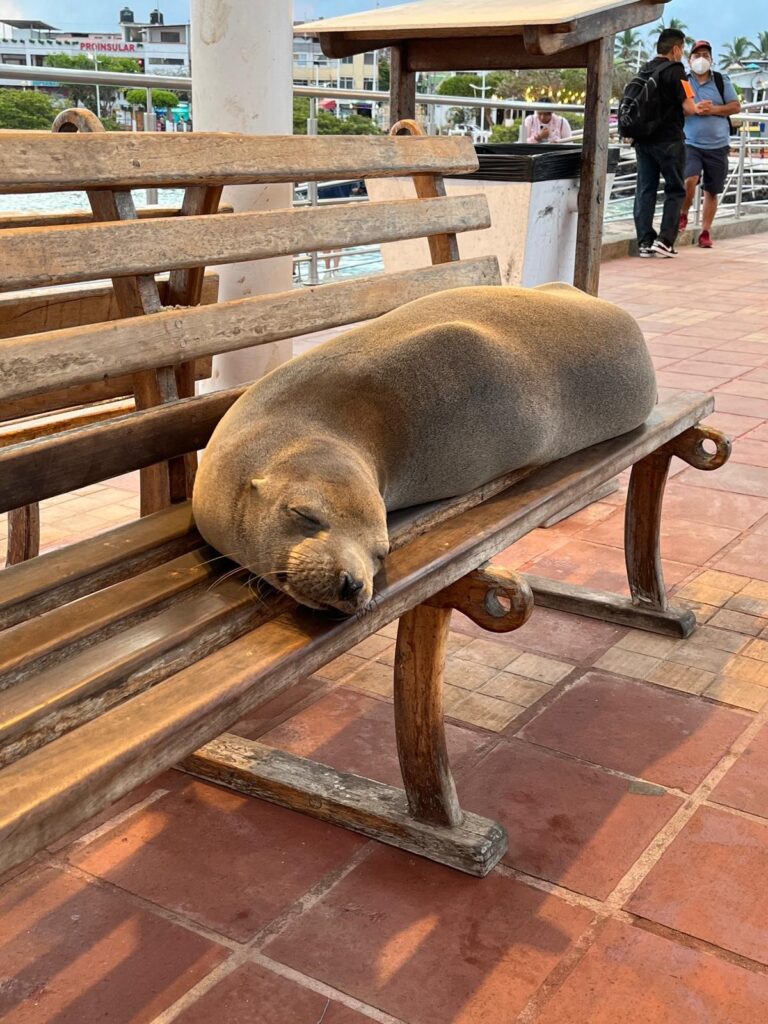

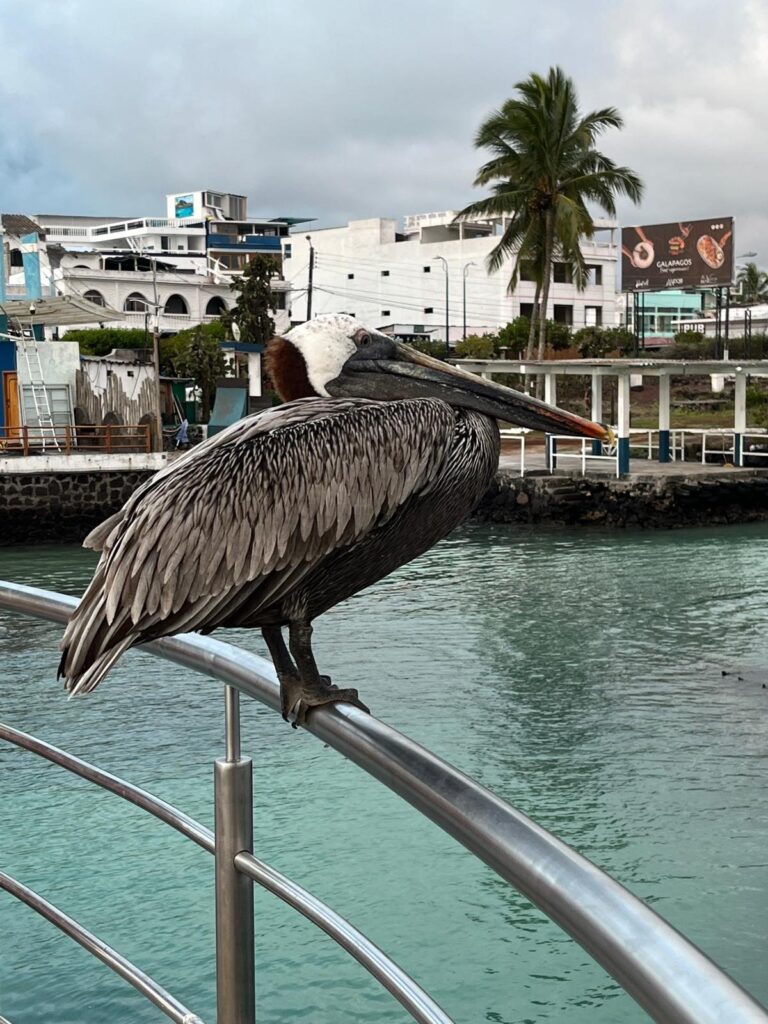

Nothing could have prepared me for the world I was stepping into. I knew I was going to see some new animals, but man, it felt like everywhere I turned there was something new. One of our guides, Dennis, reminded us that the Galapagos Islands are these animals’ homes. These islands are national parks, the only true home of endemic Galapagos species. For example, nowhere else on the planet has giant tortoises, unless they had been removed from the Galapagos. This was the case of Lonesome George who was an exhibit in the San Diego Zoo and returned to the Galapagos Islands where he lived out the rest of his life.
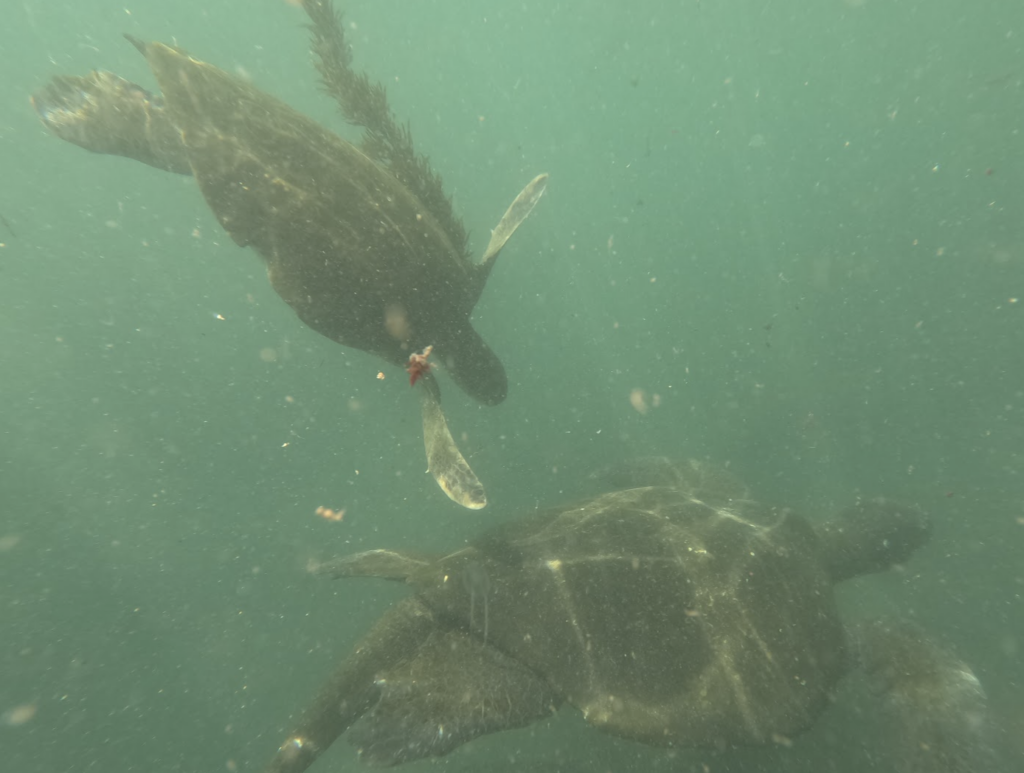
Not only did we explore the land and shores, but we also took a dive into the sea…literally. Some of our daily activities included snorkeling. Under the clear blue waves were hundreds of fish. We swam alongside rays, sea turtles, and sea lions, noting how they each uniquely moved through the water through different adaptations.

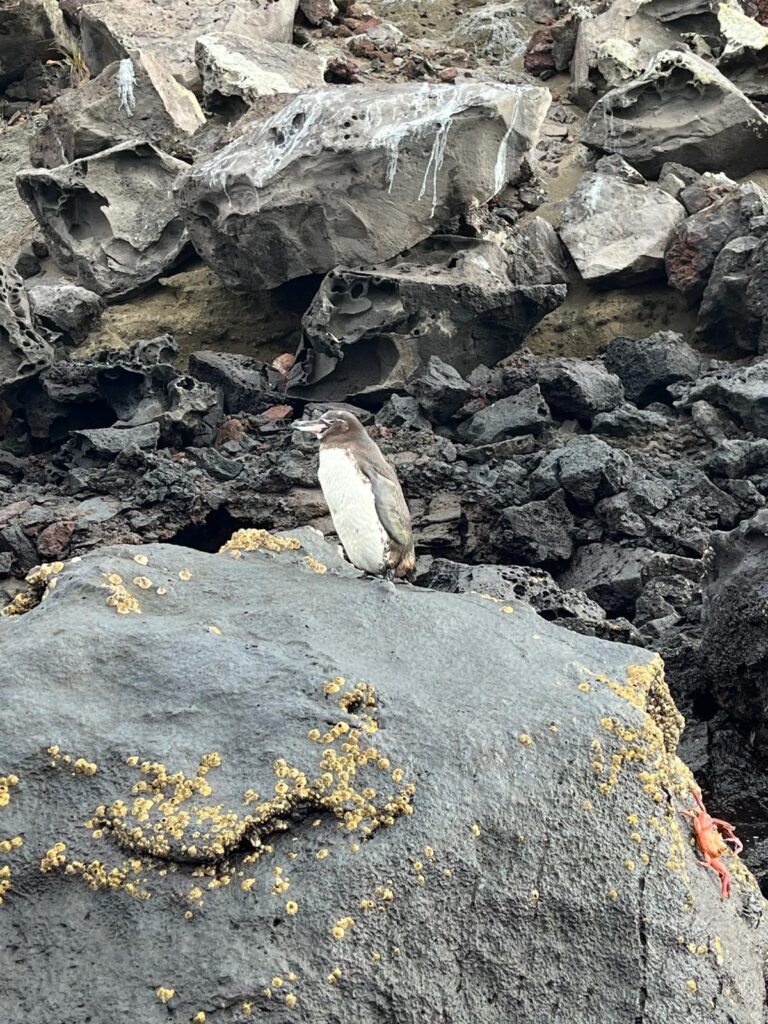
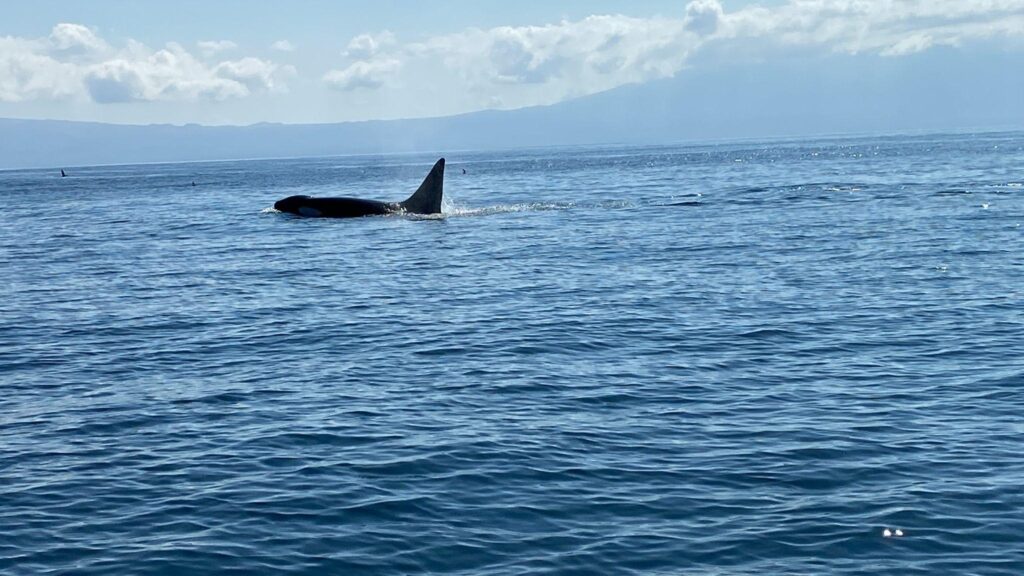
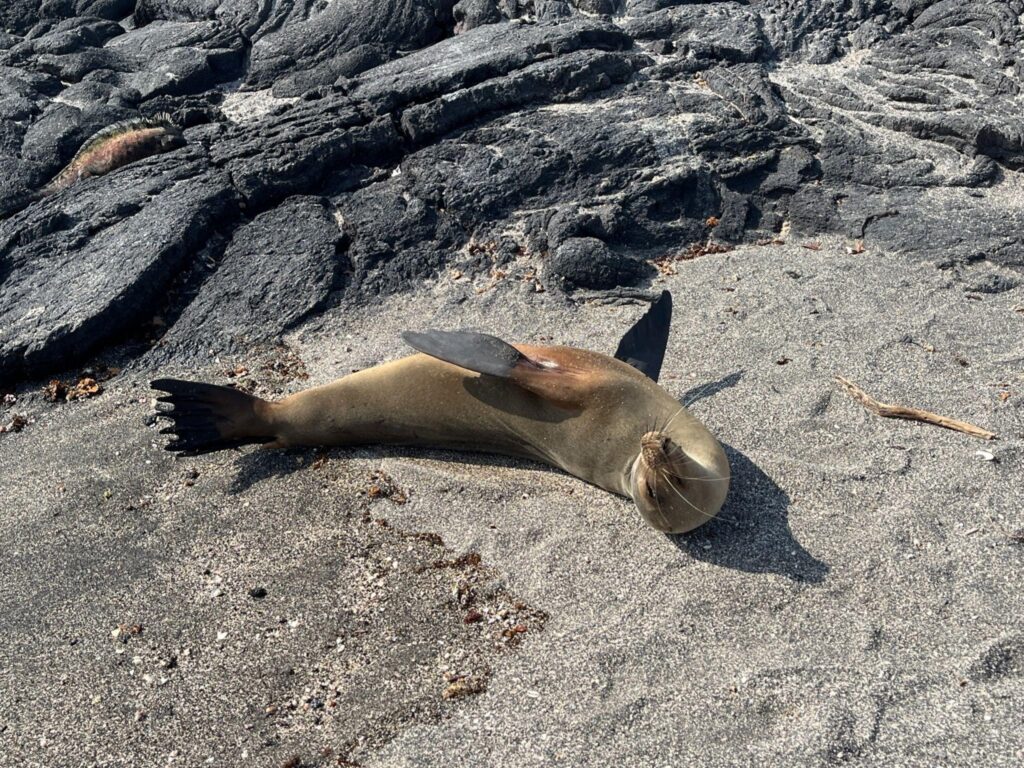
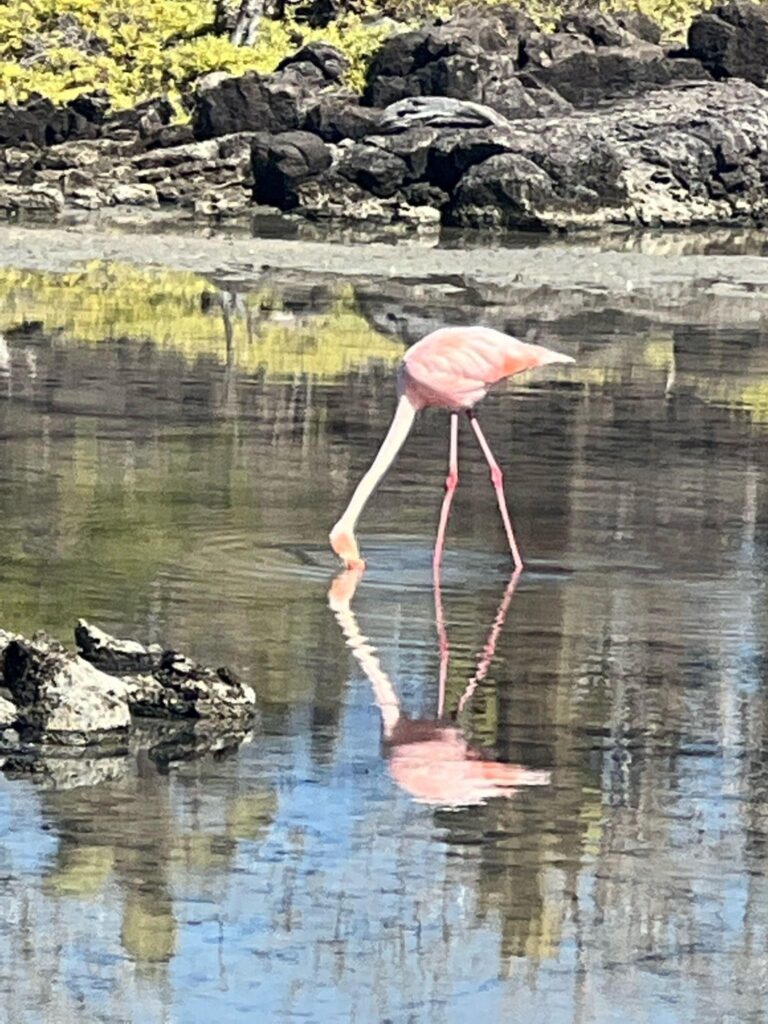
I wish I could show you all the amazing things I saw. But honestly, pictures cannot even begin to capture the feeling of being there. One of the most astonishing moments was encountering an orca feeding off the coast. While out on a little motorboat, like the one in the picture above, we got a call that another boat saw an orca in the distance. We immediately sped to the area where it was last seen and spotted two sea lions fleeing. After a few minutes of waiting, the orca rose again from the water, forcibly shooting air from its blowhole. My heart dropped as I stared intently at the massive animal before my eyes. This was a moment I will never forget.
After an exciting few days in the Galapagos, we headed to the Amazon Rainforest, our next destination on the other side of the country. The environment around us changed from palm trees, red crabs, and white beaches to sky-high canopy trees, leaping monkeys, and a bunch of river creatures.
We stayed in a beautiful lodge managed by the Añangu kichwa community, which aims to preserve their native traditions and protect the nature around them.
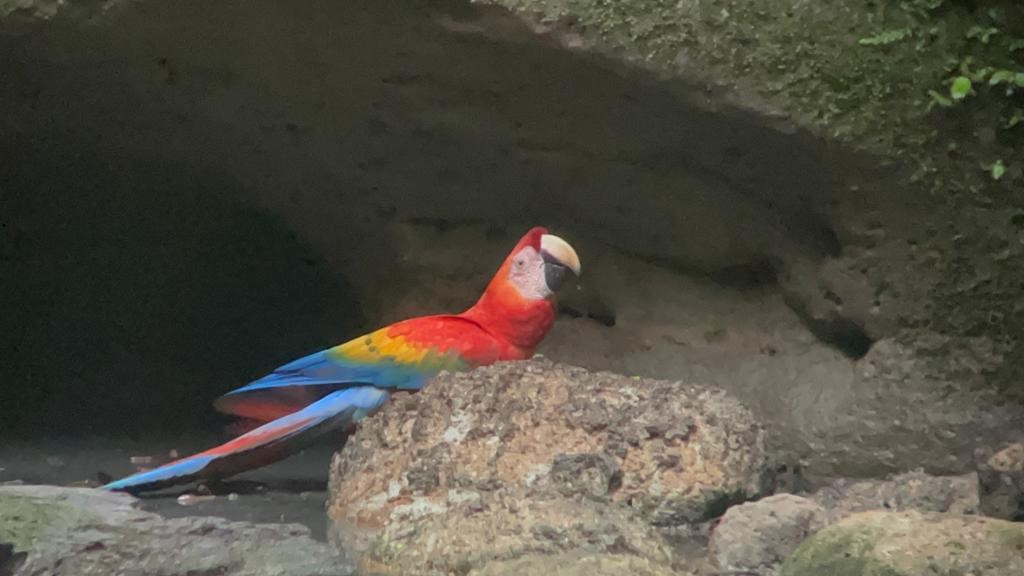
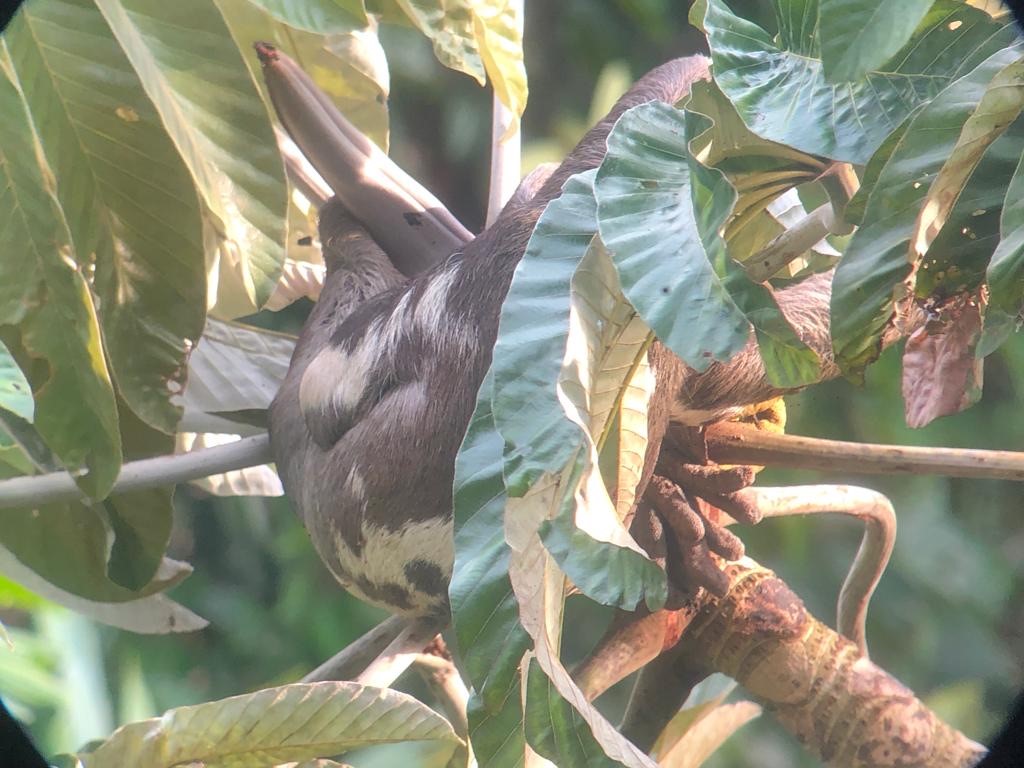


Our typical day included hikes through the jungle to hear and see wildlife and canoeing to more secluded areas down the Napo River. One of the behaviors we were able to observe was clay licking. Multiple species of parakeets and parrots, like the notable macaws, come to clay deposits in the rainforest. They lick the clay for nutrients and minerals that otherwise might be missing from their diets. It was fascinating to see so many different species concentrated in one location, all for the same reason. I wonder how each species adapted to perform this behavior.
Our guides in the Amazon were indigenous to the land. Along with studying the wildlife in the area, we also had the opportunity to participate in their native traditions and learn about how they find balance between the past and present. Today their community has solar panels and a high school, which welcomes students from neighboring communities and even has a boarding program for those that live too far to travel. I am so grateful to the Añangu kichwa community for their hospitality.
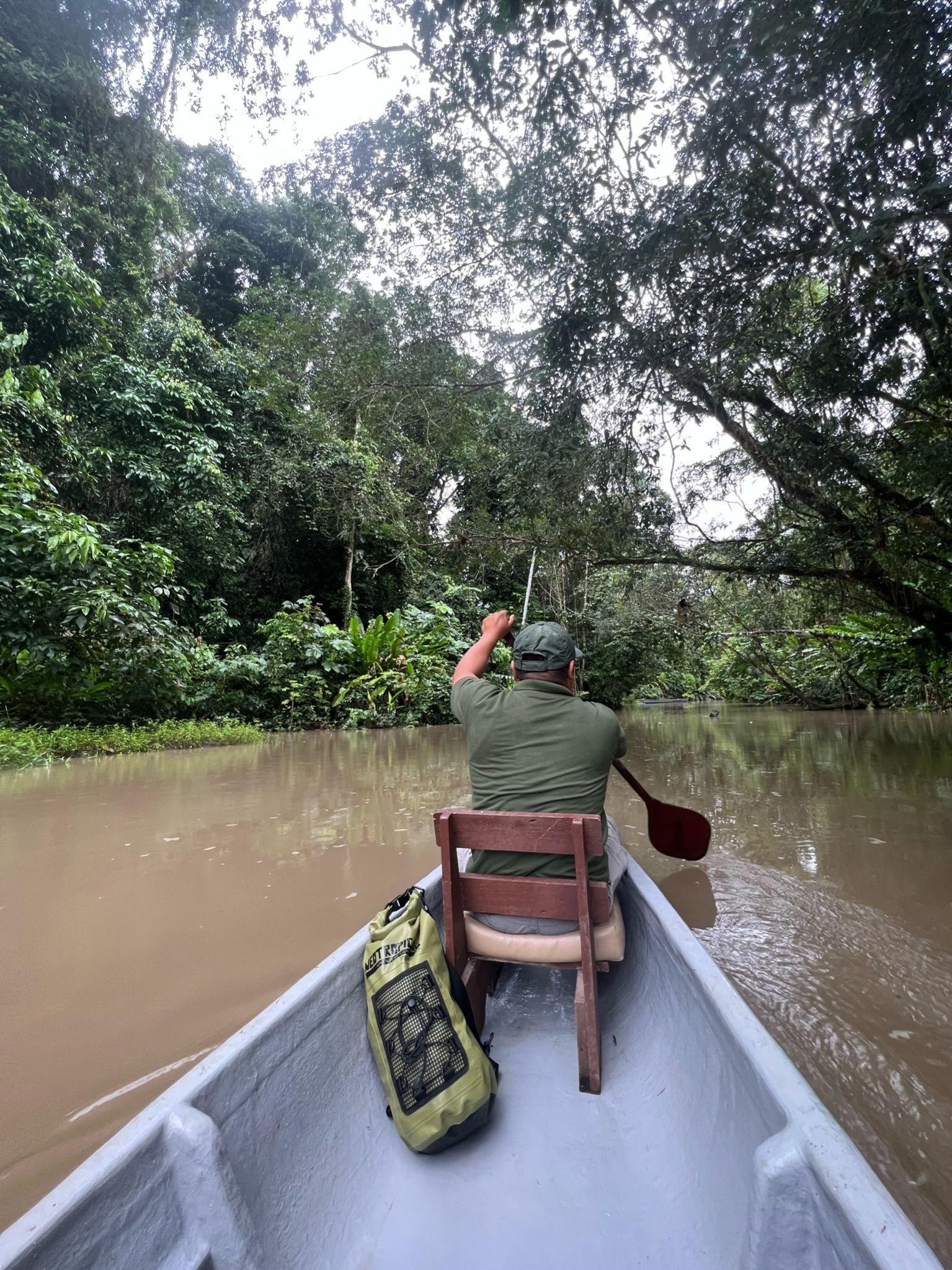
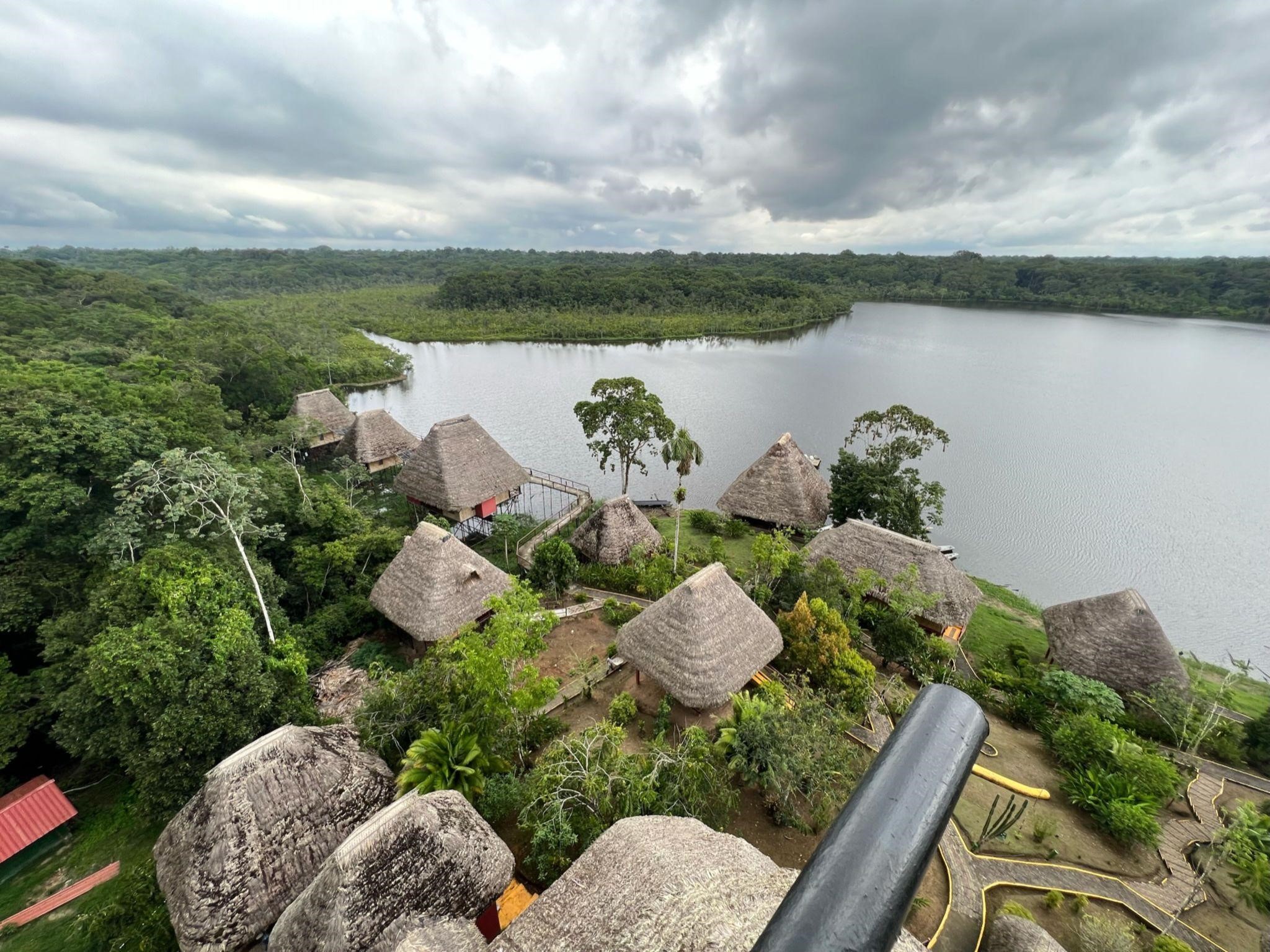
To finish off our trip across Ecuador, we traveled into the Andes Mountains to the town of Otavalo. We enjoyed the vast outlooks across the mountain peaks and the deep plummets of the canyons from the windows of our bus. For lunch, we were welcomed into the Cotacachi Family’s home to enjoy a traditional meal. We learned about the implications of the Incan and Spanish rule on their indigenous community and how their culture was preserved throughout these conflicting times.
Our last stop was at the market, where we put our bargaining abilities to the test to purchase handmade gifts and warm sweaters. It is customary to bargain with a seller at the market to get the best deal. I found the market to be a great place to practice my limited Spanish. At the market, everyone was open and friendly. Despite a language barrier, we were able to learn a bit about the lives of the vendors and begin to understand the economy of the area.

Between all the daily excursions and the magnitude of animals and wildlife we were seeing, I almost forgot that we were literally in the middle of the world. We took a stop at a sundial on the equator to commemorate the moment and stand on both hemispheres at the same time. I even got my passport stamped!
This trip by far exceeded all of my expectations and broadened my view of the world around me. It was truly a once in a lifetime opportunity that I will remember and reminisce on forever. Since coming back to Baltimore, it feels like the world around me got just a little bit bigger. I have a new appreciation for the environment and wildlife that I am surrounded by on a daily basis that other parts of the world might not have…like deer and squirrels. But I am also eager for another opportunity to get out into the world to explore and apply the knowledge I’ve attained.
Until the next trip,
Stephanie
